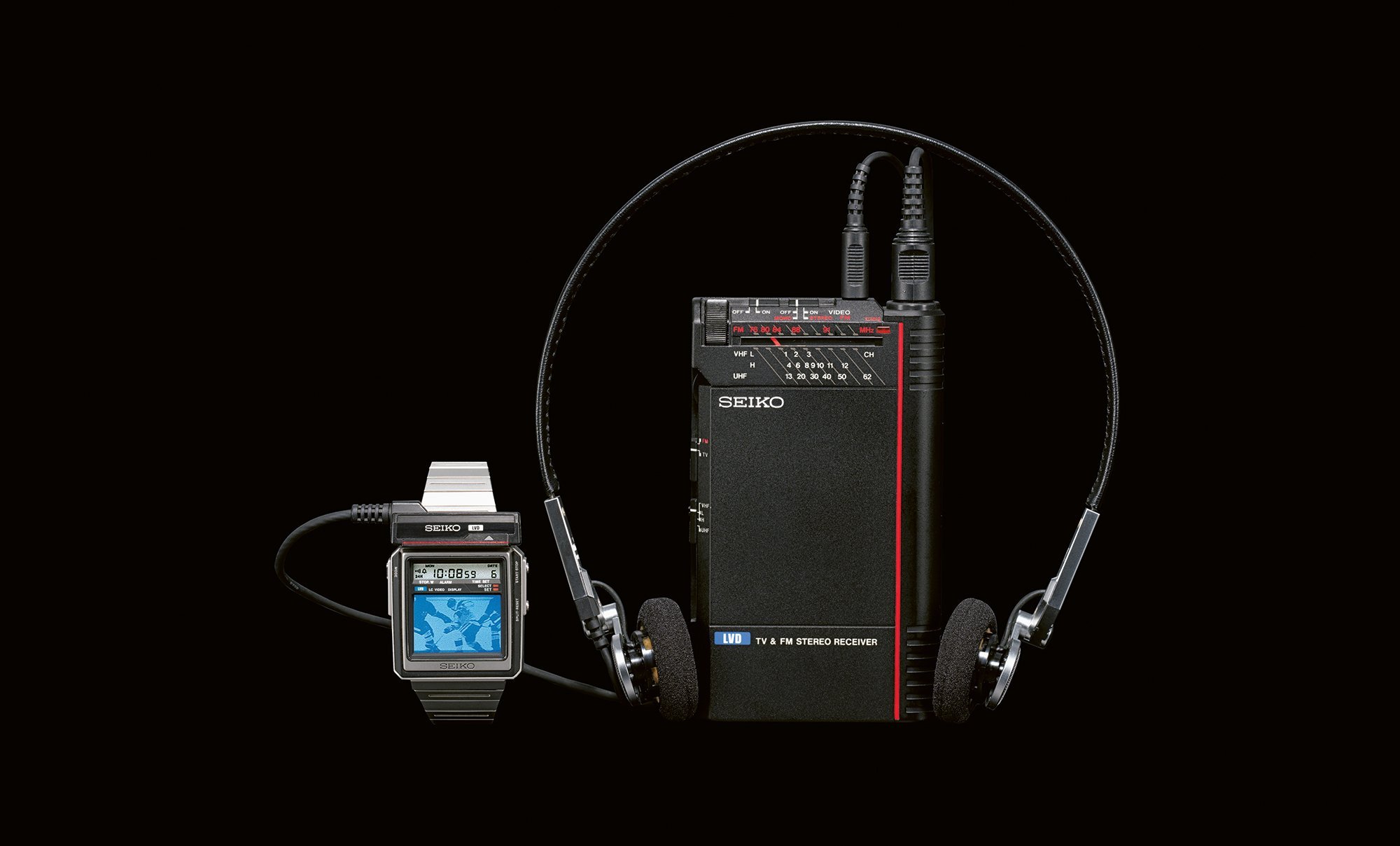century of Seiko wristwatches has meant numerous patents, ingenious as well as crazy designs, solid constructions and artisanal decorations. But the brand’s roots actually go as far as 1881, when Seiko’s founder Kintaro Hattori set up his first shop to sell and repair imported clocks and watches.
In 1892 he took the next step by founding a manufacture called Seikosha, which could be translated as “House of exquisite and precision manufacturing”, and in 1895 (16 years after Tokuzaburo Ohno made the first ever pocket watch in Japan) came the first pocket watch from Hattori’s factory.
-

- Kintaro Hattori
The Laurel, its first wristwatch, was launched in 1913, proof that Kintaro Hattori was an early adopter of this new way of wearing the time. “Kintaro’s philosophy was to be ‘always one step ahead of the rest’.” said Akio Naito, President of Seiko Watch Corporation, in an email. “By 1922 Seikosha had about 2,000 workers and was producing almost a million watches annually, some of which were exported,” he continued.
-

- The first ever use of the Seiko brand – on a wristwatch
Surviving the flames
Then, in September 1923, the Great Kanto Earthquake struck – a horrific disaster that took the lives of more than 100,000 people in the Greater Tokyo area and burned most of the city centre. “Kintaro’s store, his factory, even his house were destroyed by the earthquake and fires. Kintaro, who was 62 years old at the time, was devastated. But four days later, he announced the reopening of Seikosha and started reconstruction,” said Mr. Naito.
-

- Akio Naito, President of Seiko Watch Corporation
Finally, in 1924, came the first-ever use of the Seiko brand – on a wristwatch. (Six prototypes of the wristwatch had been completed the day before the earthquake, two of which miraculously survived the flames.) This brand would later become the name of the billion-dollar Seiko Group Corporation, which alongside watches and clocks, makes electronic devices, optical products, and provides system and device solutions.
-

- Europa Star 1951
This first Seiko-branded timepiece is now revisited as the Seiko Presage Kintaro Hattori Limited Edition – a 35mm timepiece featuring black printed Arabic numerals and a 24-hour subdial on a pristine white enamel dial. “The new watch revives the form and design of the original from 1924 with the Seiko letters in every detail. The round case and box-shaped sapphire crystal are carefully constructed to retain the elegance of the original,” said Mr. Naito about the watch, which comes on a pull-through strap true to its times.
An early focus on design
In 1956 a corporate decision was made to launch a design department alongside the watchmakers and engineers. This would mark the start of an extremely rich catalogue, many with imaginative names. The Lord Marvel quickly gained fame for a newly developed shock-resistance system; the Alpinist was Seiko’s first watch produced with sports in mind, featuring an airtight case and mountain-shaped indexes at 3, 6, 9, and 12; the Ring watches, with little watches on cocktail rings; and the Goldfeather, with a 2.95mm-high hand-wound calibre, the world’s thinnest centre seconds watch at the time.
-

- 1958 Lord Marvel
-

- 1959 Alpinist
In 1969, two years after the first working prototype, the watch that would nearly sink the Swiss watch industry was launched: the Seiko Quartz Astron, the world’s first quartz watch. This miniaturisation of a technology known since 1927 was quite a feat, given that the quartz clocks used for broadcasting only a decade earlier were the size of a bookcase large enough to contain around 300,000 watches.
-

- 1965 Ring watch
-

- 1969 Quartz Astron
Many Europa Star readers surely have childhood memories of Seiko’s LCD timepieces from the 1970s, followed by somewhat whimsical gadget timepieces from the 1980s. These include the Voice Note for recording and playback, the TV watch, and the Wrist computer.
-

- 1984 Seiko Wrist Computer
“Seiko has historically been a brand with a wide spectrum of product categories and target consumers. However, we understand that a wide range of watches without a clear identity could potentially create conflict and could lead to a blurred brand identity,” said Mr. Naito, before explaining the aim of a long-term strategy to develop the Seiko brand as a premium watch brand of choice in the mind of consumers – in every market.
-

- Europa Star 1978
-

- Europa Star 1989
“Looking back over the past 10 to 15 years, Seiko’s strategy has been to concentrate on global collections that play to its strengths. This has been successful and we have gained a presence as a premium brand in the market. The average unit price has steadily increased and we see that the ‘face’ of the brand has become clearer. We will continue to focus on our current five global collections, which are Prospex, Presage, King Seiko, Astron and 5 Sports.”

Celebratory re-editions
To celebrate the 100th anniversary, Seiko has released a commemorative watch from the Seiko Astron collection; a King Seiko with a 1969 design; the Prospex Speedtimer Mechanical Chronograph, rooted in what in 1969 was the world’s first automatic chronograph with a vertical clutch and column wheel; and the Seiko Prospex Marinemaster 1965 Heritage Diver’s Limited Edition – a re-edition of Seiko’s first diver’s watch.
-

- Prospex Speedtimer
-

- Astron GPS Solar
Said Mr. Naito: “Marinemaster is Prospex’s flagship series for diving, equipped with a robust and high-performance movement with stable accuracy designed exclusively for diver’s watches. It represents the top tier of Prospex watches in a diving category and is integral to Seiko’s history and culture.”
-

- Kintaro Hattori Limited Edition
-

- Seiko Brand 100th Anniversary King Seiko KS1969 Limited Edition





















































